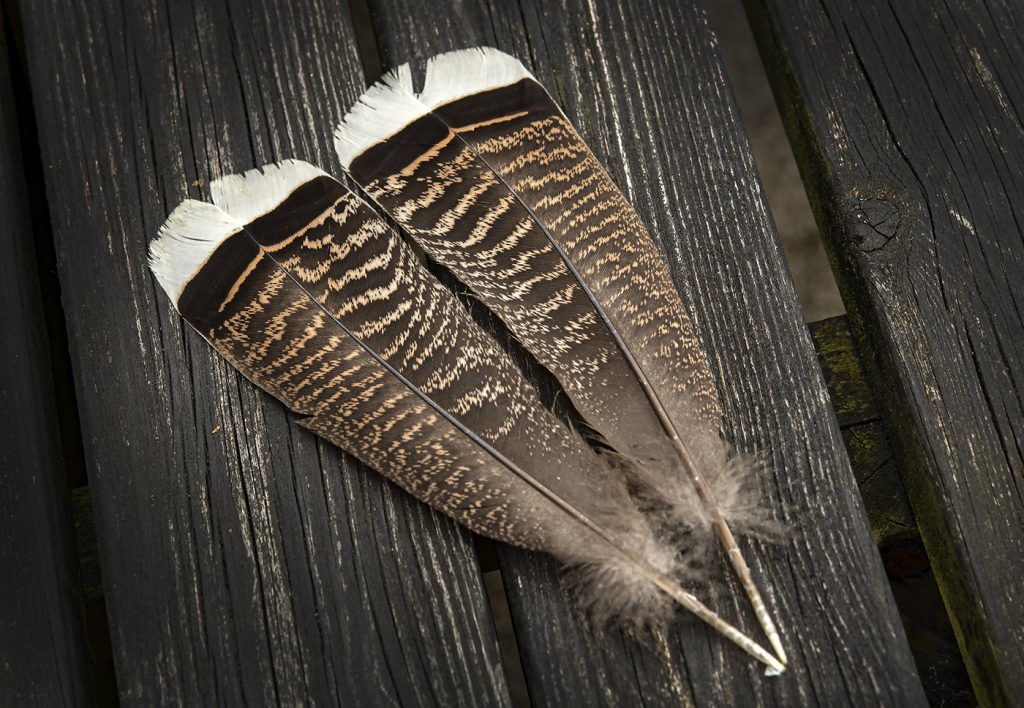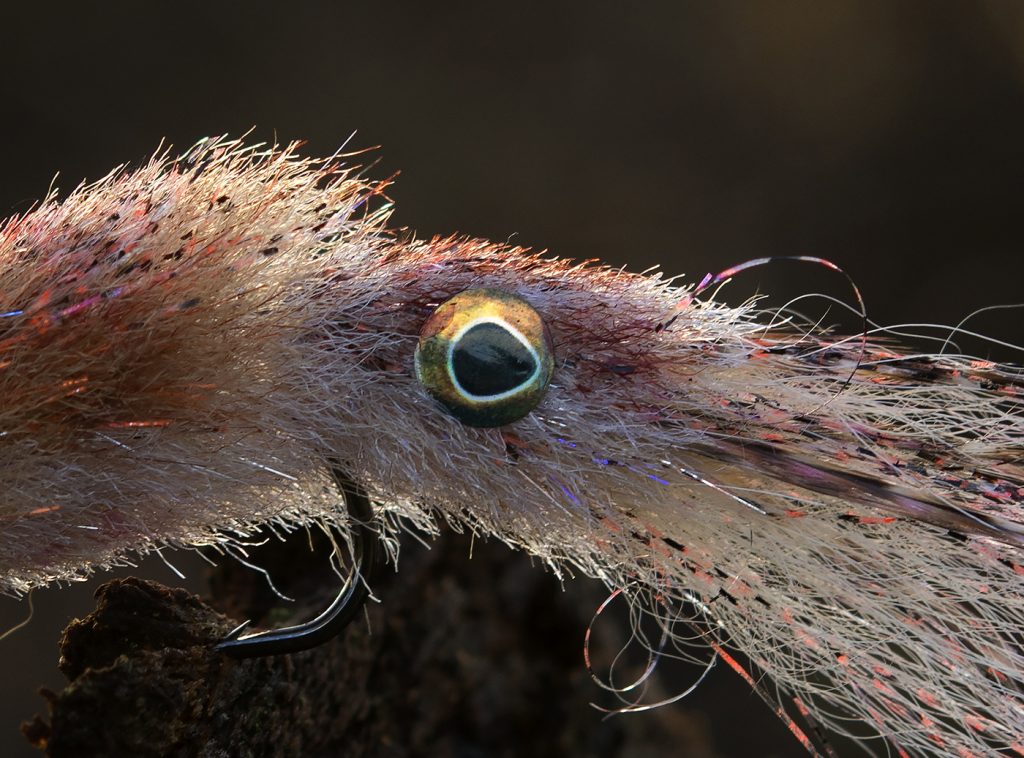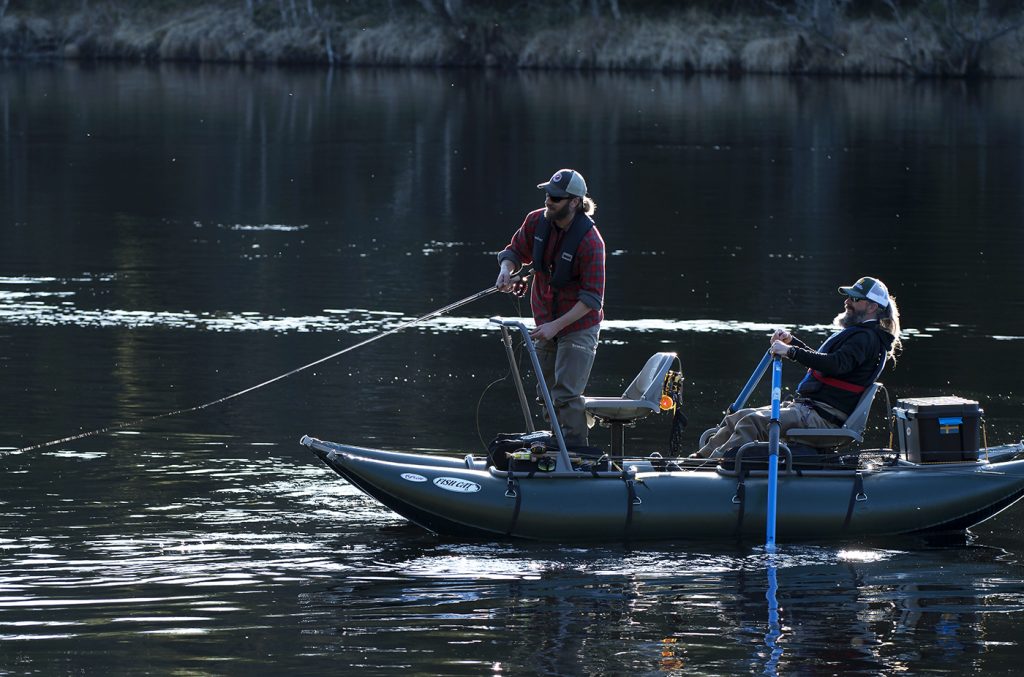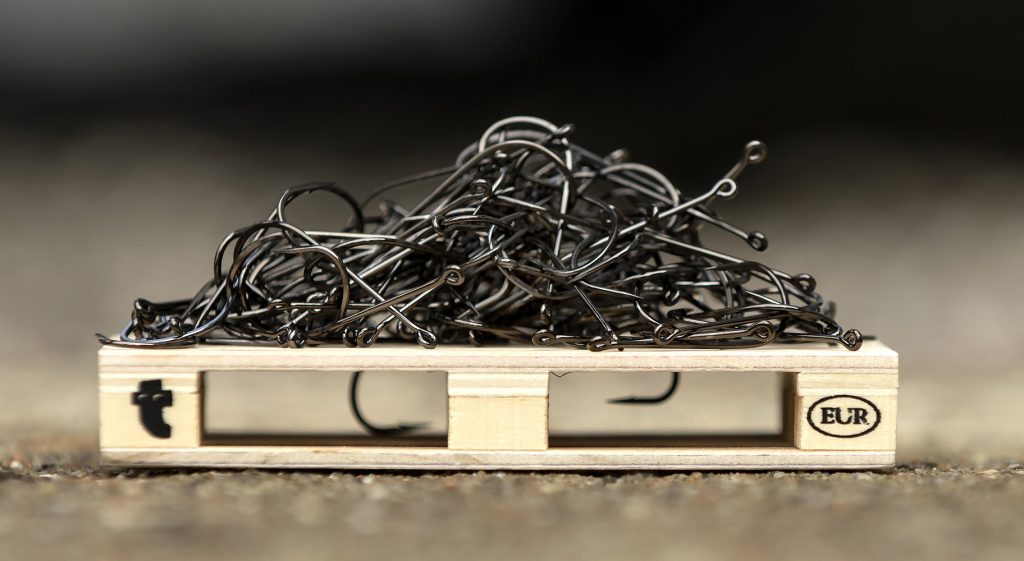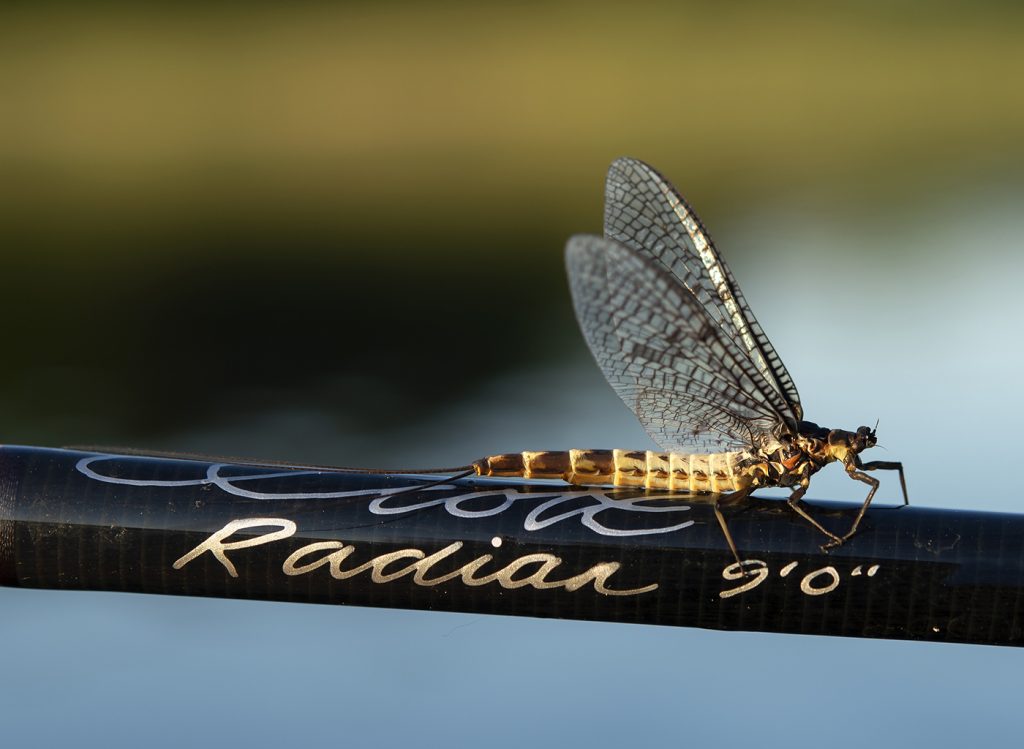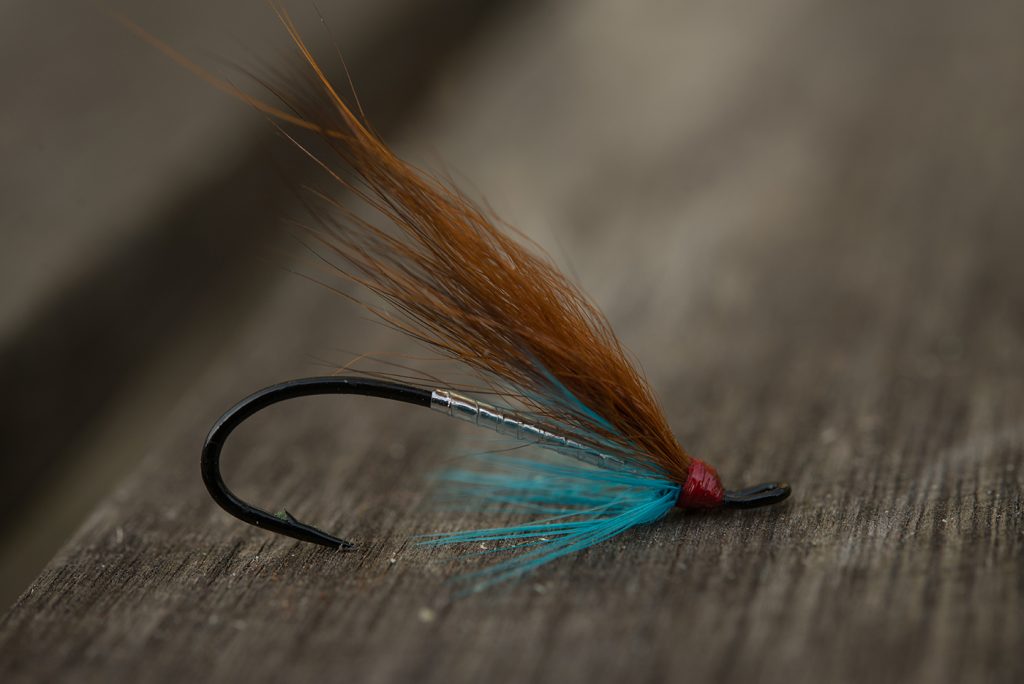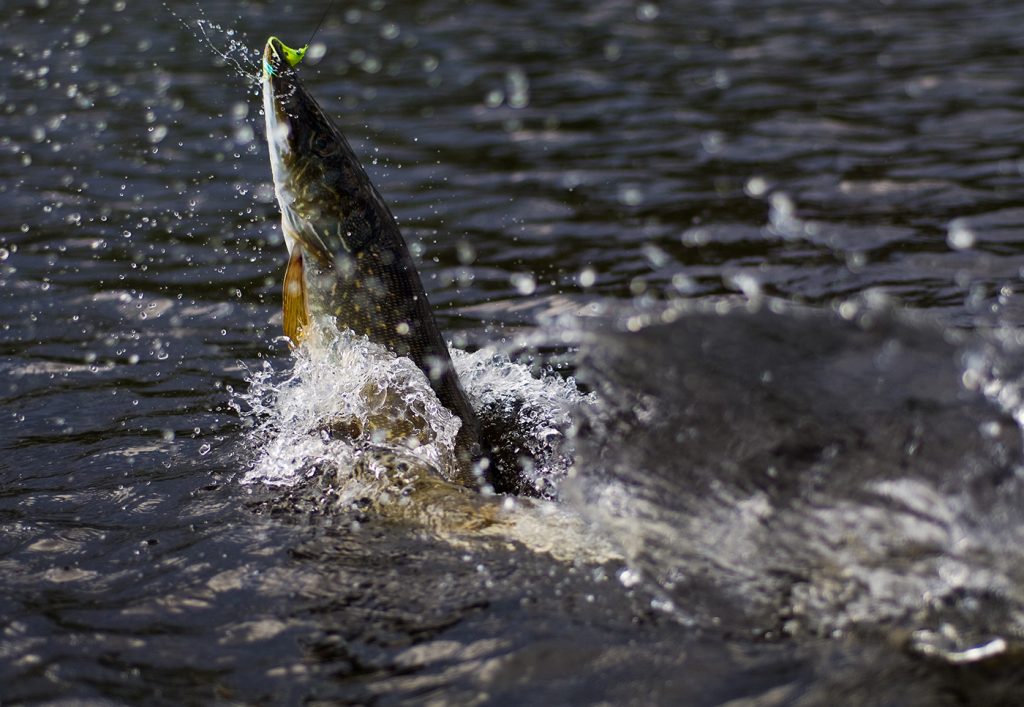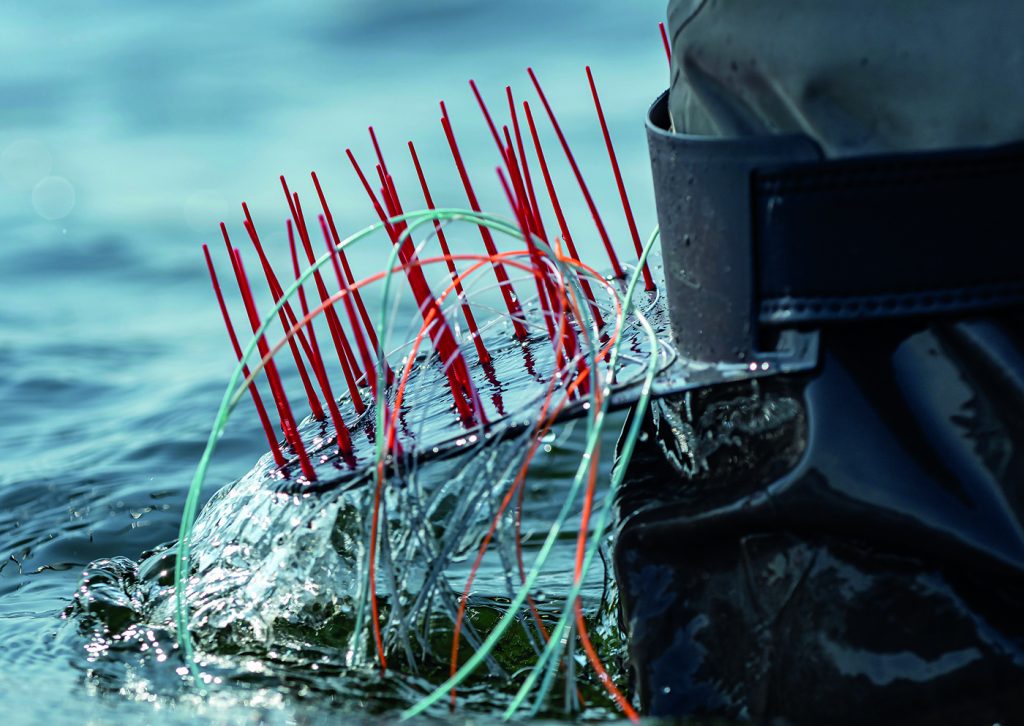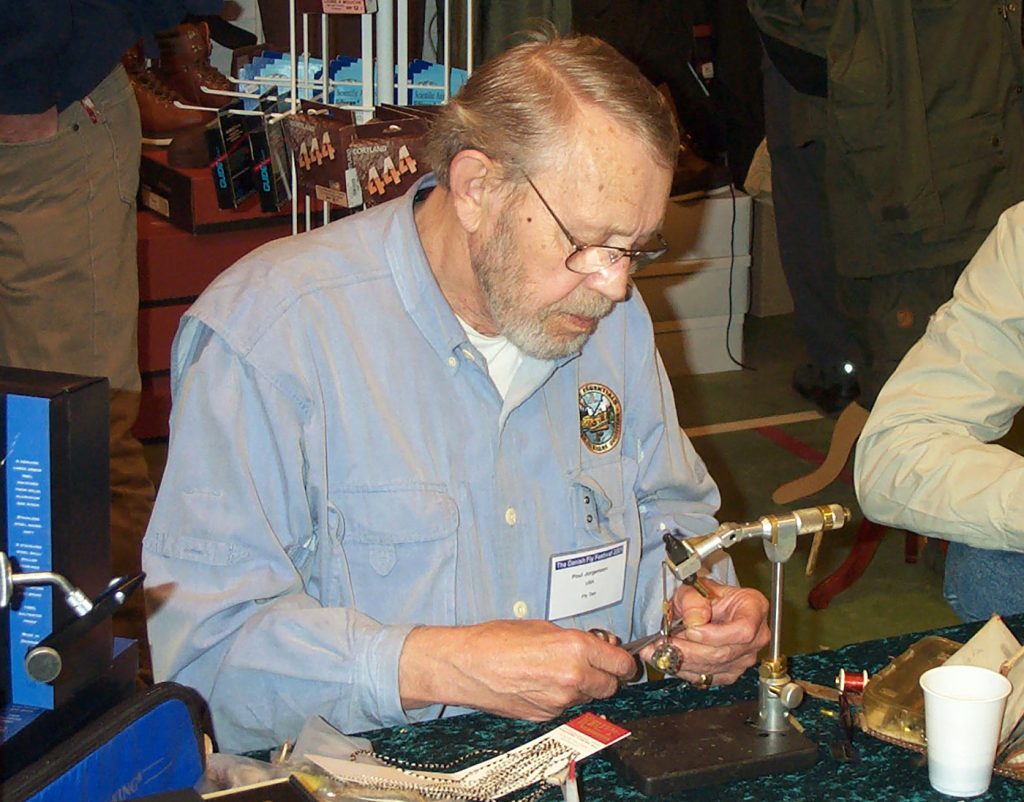
The Danish-American connection. Poul Jorgensen is a Danishman, who spent most of his life in the United States, where he earned quite a reputation as an excellent fly tyer. Being Danish he of course kept a connection to Denmark and he was, among many others of course friends with the Mad Veterinarian, Preben Torp (a well known character in Denmark).

